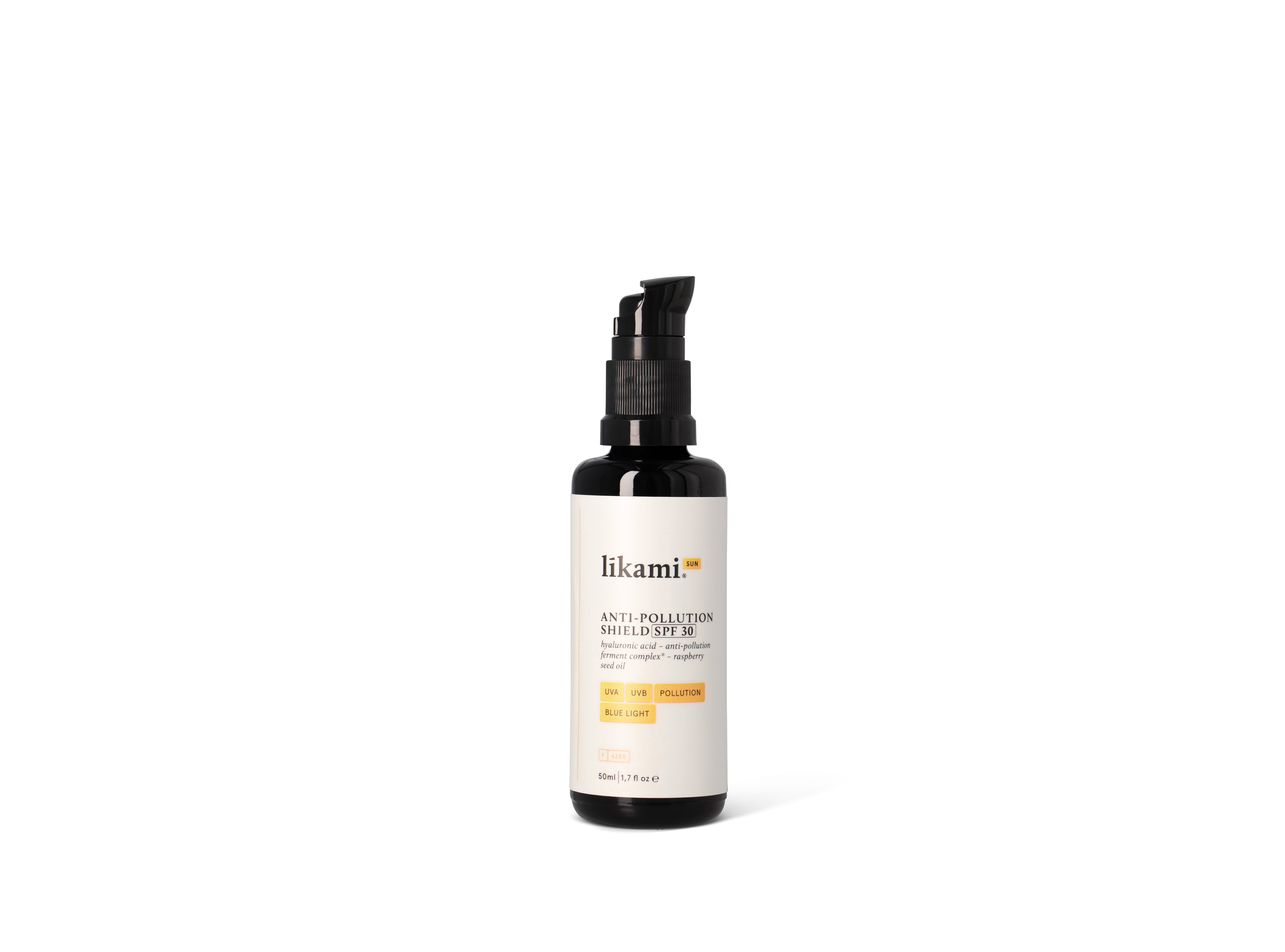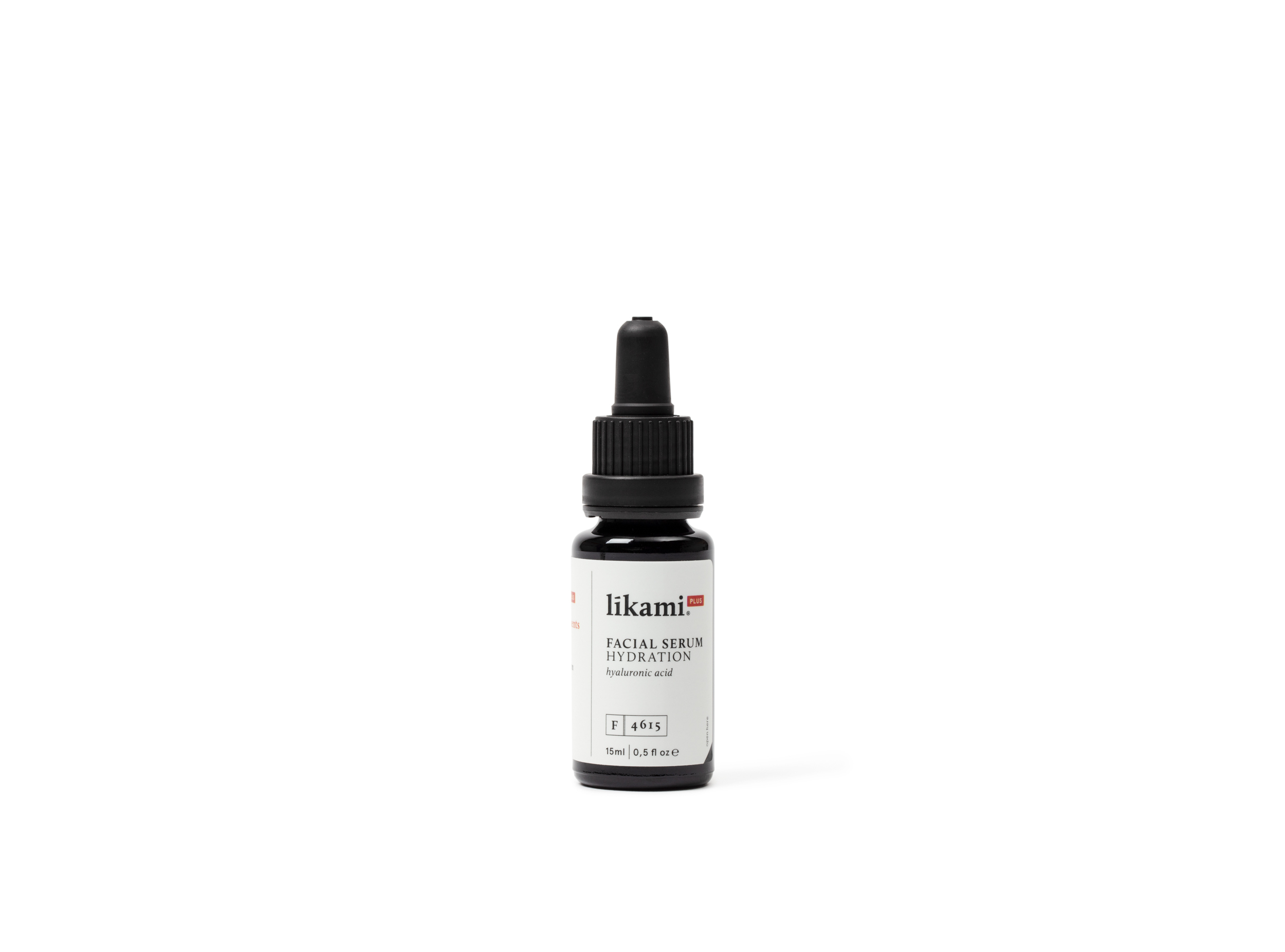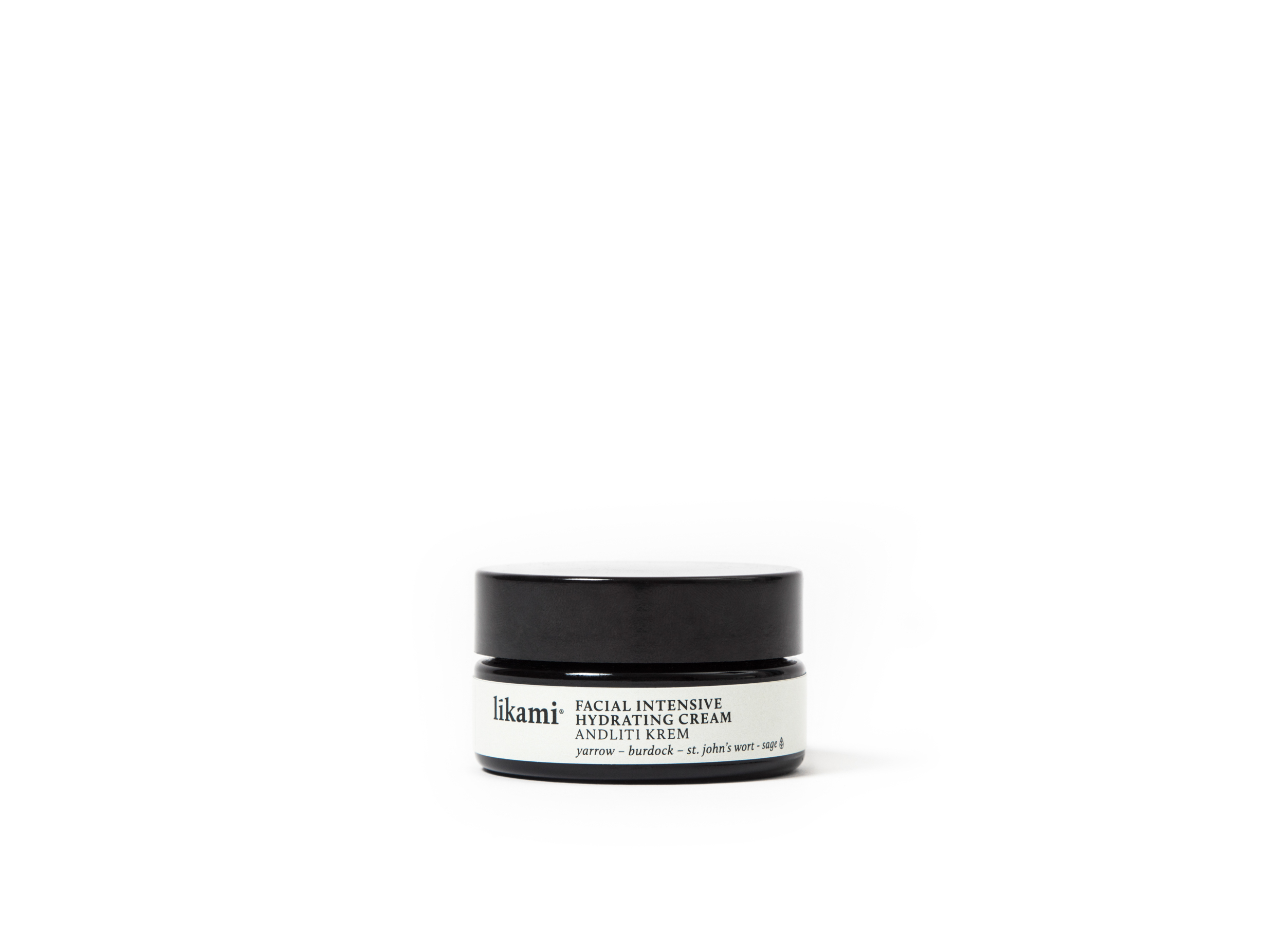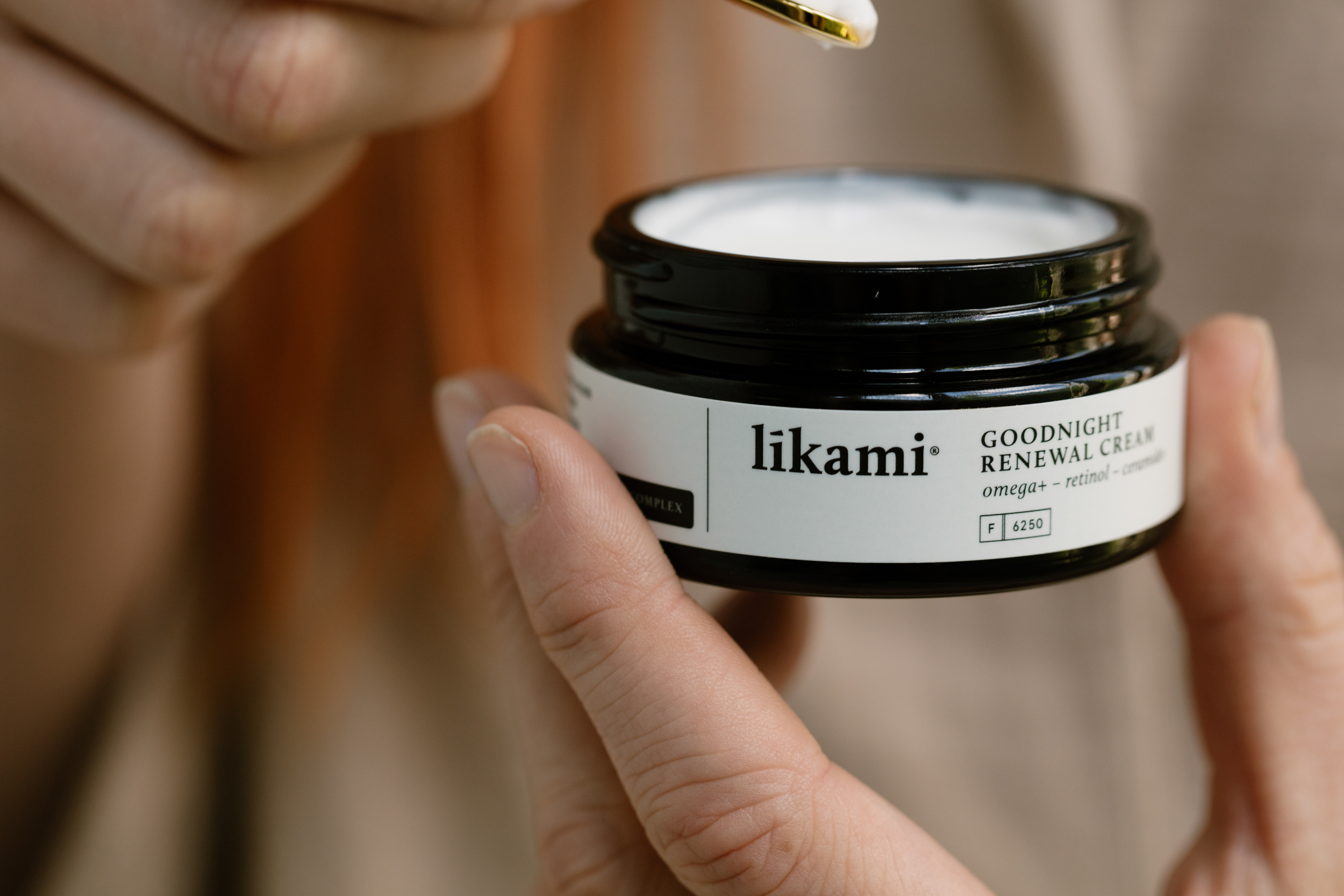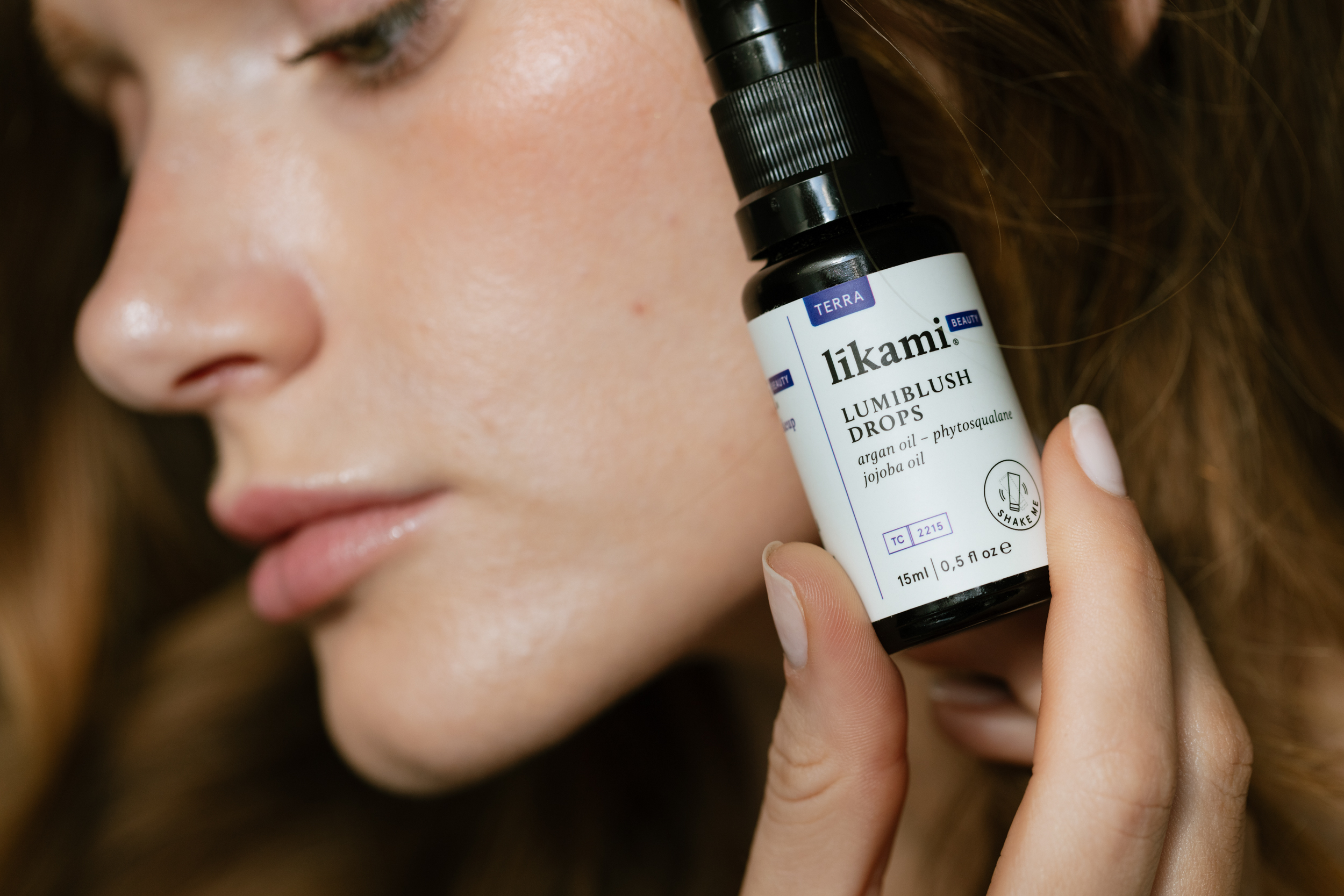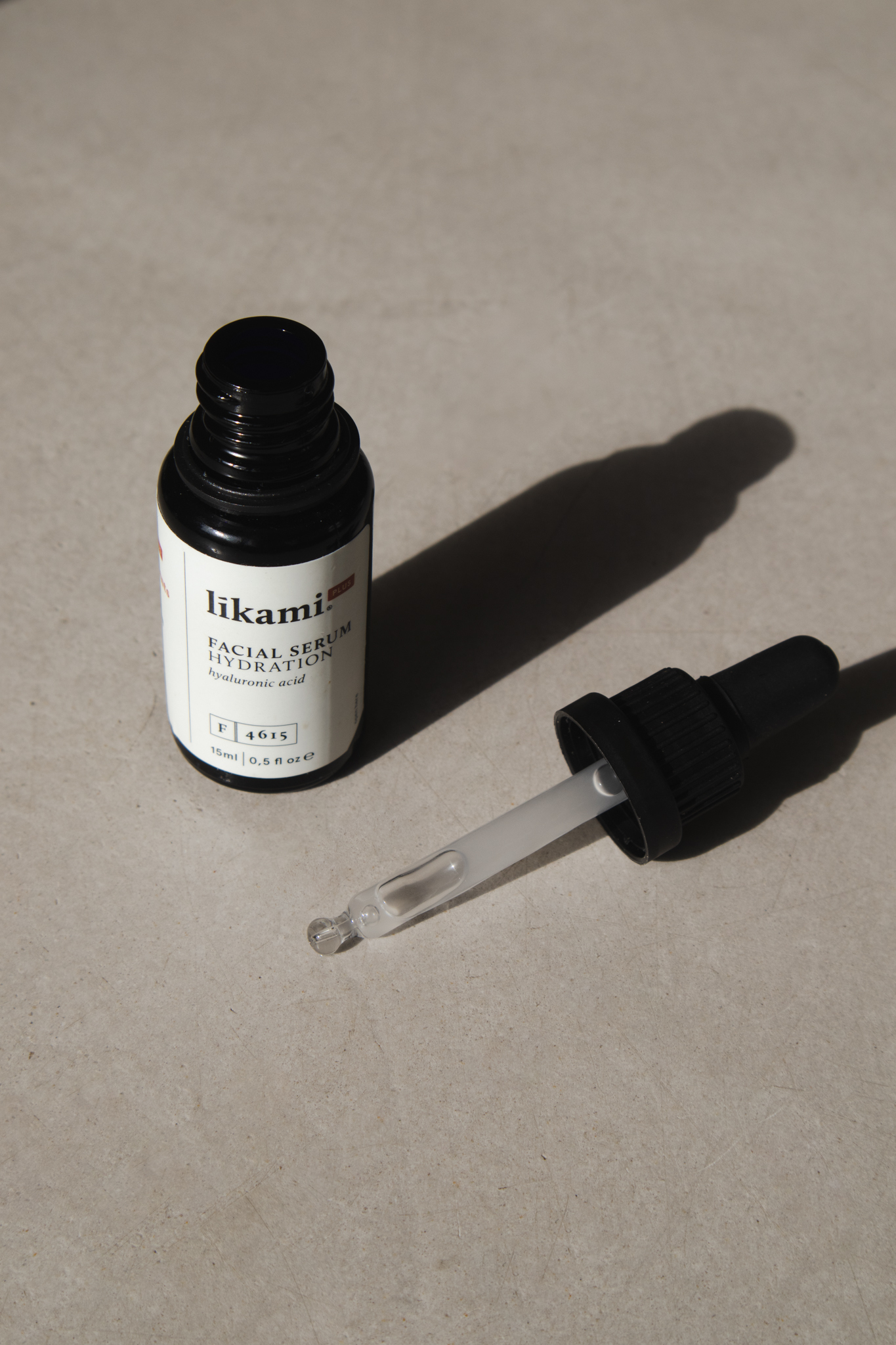
Your most frequently asked questions about LED therapy answered
LED light therapy isn’t just a trend — it’s a medically rooted, scientifically validated technology. Still, it’s natural to have questions when incorporating a LED mask into your routine. How does it work? What’s the difference between red and blue light? And how do you know if a mask really delivers results?
1. Does an LED mask actually work — or is it just a fancy light show?
LED therapy is more than a beauty trend. Through photobiomodulation, it activates the skin’s natural repair mechanisms. Specific wavelengths of light are absorbed by skin cells and trigger higher ATP production — ATP (adenosine triphosphate) is the molecule that stores and delivers energy in cells, essential for regeneration and healing. Improved cell turnover and reduced inflammation follow. These are not hollow marketing claims — they’re backed by dozens of peer-reviewed studies.
The LUME+ mask uses:
- 🔴 Red + near-infrared light (630 + 850 nm) → cell renewal, collagen, repair
- 🔵 Blue light (415 nm) → antibacterial and sebum-regulating
- 🟡 Yellow light (590 nm) → microcirculation and soothing
Combined with a calibrated light intensity of 32–45 mW/cm², this setup effectively supports skin rejuvenation without risk of overstimulation.

2. Why are both wavelength and intensity important?
An LED mask that emits light without proper parameters won’t do much. Wavelength (nm) determines how deeply light penetrates — red and IR reach deeper than blue or yellow. mW/cm² tells you how much energy per second is delivered to your skin, and whether it’s enough to trigger a cellular response.
- Red + IR: 32 mW/cm² → stimulates collagen and cellular activity
- Blue: 45 mW/cm² → antibacterial and calming
- Yellow: 11 mW/cm² → supports microcirculation and reduces redness
Too low (<10 mW/cm²) = ineffective. Too high = potential irritation. LUME+ stays within the optimal range.

3. Why is red + near-infrared light so powerful?
Red and near-infrared light are the most studied LED wavelengths. They penetrate the dermis and activate fibroblasts — the cells responsible for collagen, elastin, and hyaluronic acid production. IR also promotes healing and reduces inflammation.
Ideal for:
- Signs of aging
- Loss of firmness or elasticity
- Skin recovery after damage

4. Does blue light really help with acne?
Yes. Blue light targets the P. acnes bacteria by activating porphyrins it produces. When exposed to this wavelength, these molecules generate reactive oxygen species that destroy the bacteria. It also helps regulate oil production and calms inflammation — all without disrupting the skin barrier.
Recommended for:
- Mild to moderate acne
- Congested pores
- Oily or shiny T-zone

5. What exactly does yellow light do?
Yellow light penetrates more superficially but has a strong effect on circulation and lymphatic drainage. It increases oxygen delivery and improves cellular detox, making it ideal for reducing sensitivity and enhancing skin resilience.
Useful for:
- Rosacea-prone skin
- Redness or capillary fragility
- Sensitive, reactive, or stressed skin

6. Is LED safe for everyone?
For most skin types — dry, oily, sensitive, acne-prone — LED light is safe. Exceptions include epilepsy, lupus, photosensitive skin disorders, or medications that increase light sensitivity.

7. What’s the ideal frequency for results?
LED has a cumulative effect — consistency matters more than intensity. Dermatologists recommend:
- 3–5 sessions per week
- 10–30 minutes per session
- Switch between light types based on your skin's current needs
Red light is suitable for daily use. Blue and yellow can be rotated as needed.

8. What are common mistakes with LED use?
Despite its simplicity, a few mistakes can undermine results:
- Using LED on unclean skin → always double cleanse first
- Skipping pre- or post-LED skincare → serums enhance results
- Inconsistent use → regularity equals results
- Applying thick creams → these can block light absorption
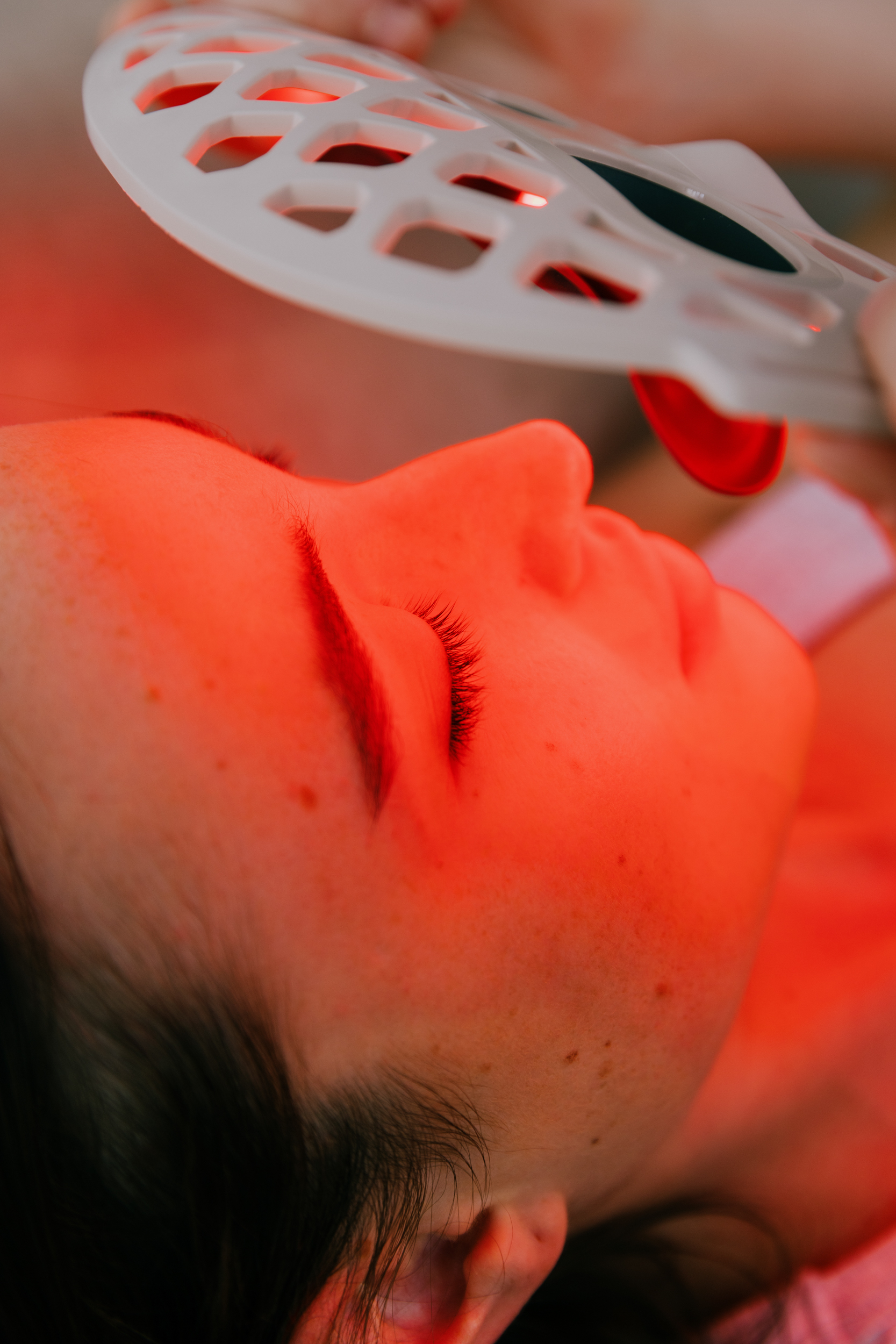
9. Why should I pair LED with serums?
With LED exposure, your skin enters a ‘receptive mode’: blood flow increases and active ingredient absorption improves. Take advantage of this therapeutic window with:
Before LED:
- Hydration Serum (for all modes)
- Skin Redness (for yellow mode)
- Anti-Acne Serum and Even Skin Tone Serum (for blue mode)
- Firmness & Elasticity Serum (for red/NIR mode)
After LED:
- Fine Lines & Wrinkles Serum
- Essential Oil Serum
- Facial Intensive Hydration Cream
- Goodnight Renewal Cream
Avoid retinol or acids immediately after LED — wait at least 4 hours.

10. What makes LUME+ different from other LED masks?
The LUME+ LED mask was developed with dermatological precision:
- 216 powerful 4-in-1 LED points for full-face coverage
- Wavelengths and intensity are clinically calibrated
- Floating design (LUME Layer Lift™) ensures hygiene and comfort
- Certified (CE/FCC/RoHS) for safety
- Perfect synergy with Líkami PLUS serums for complete skin routines

LUME+ is not a gimmick, but a high-performance skincare device. Designed for visible, measurable, and lasting skin results. Experience it for yourself
Keep on reading

Subscribe to our newsletter
and receive 10% discount on your next order.
